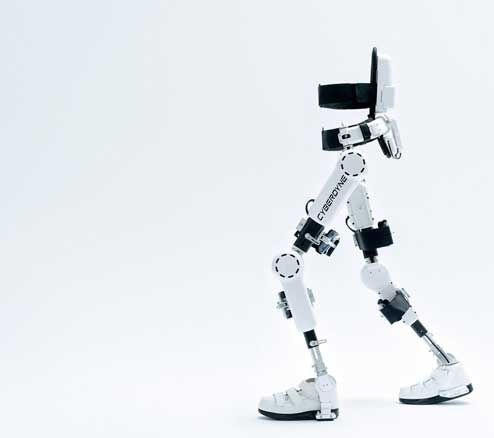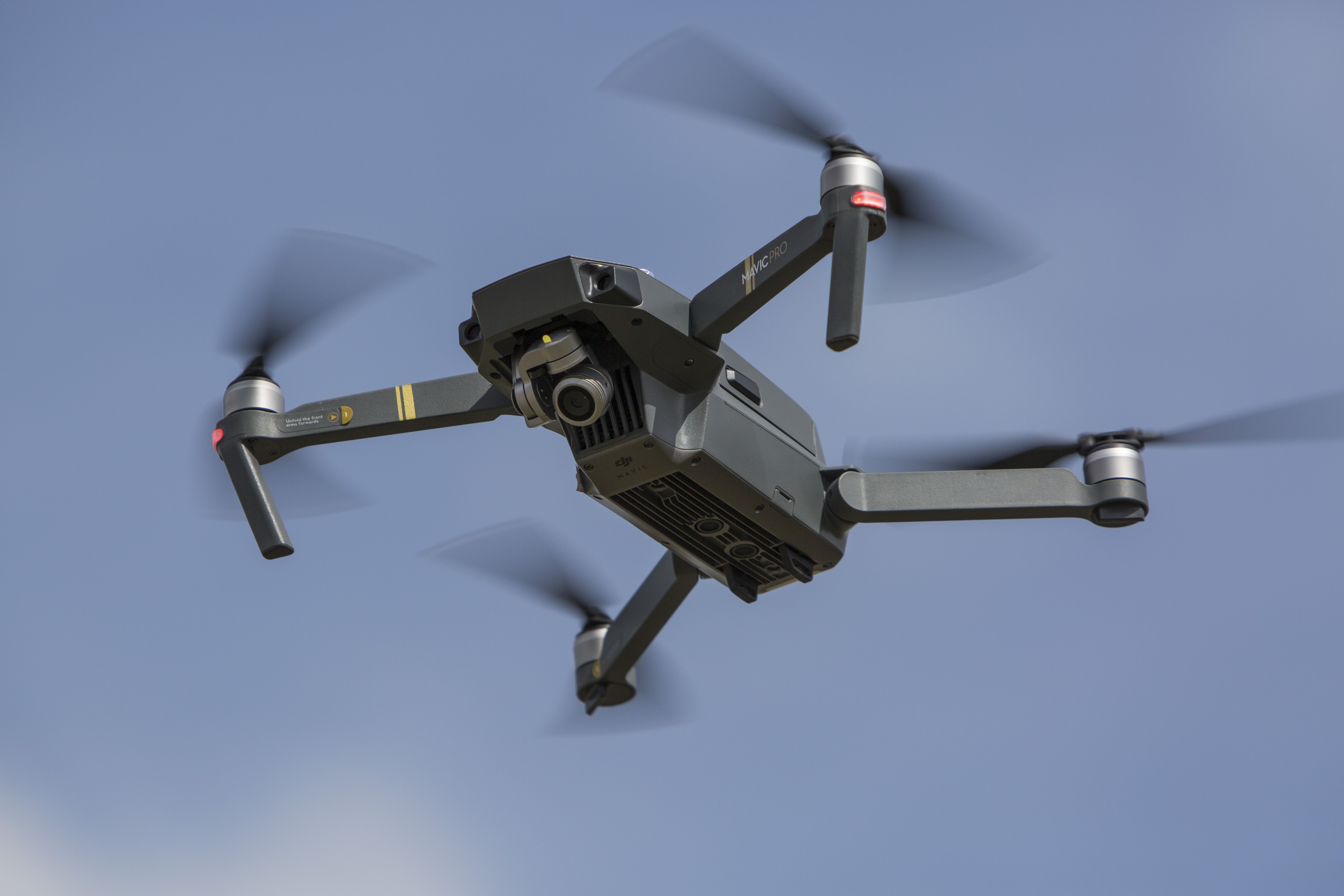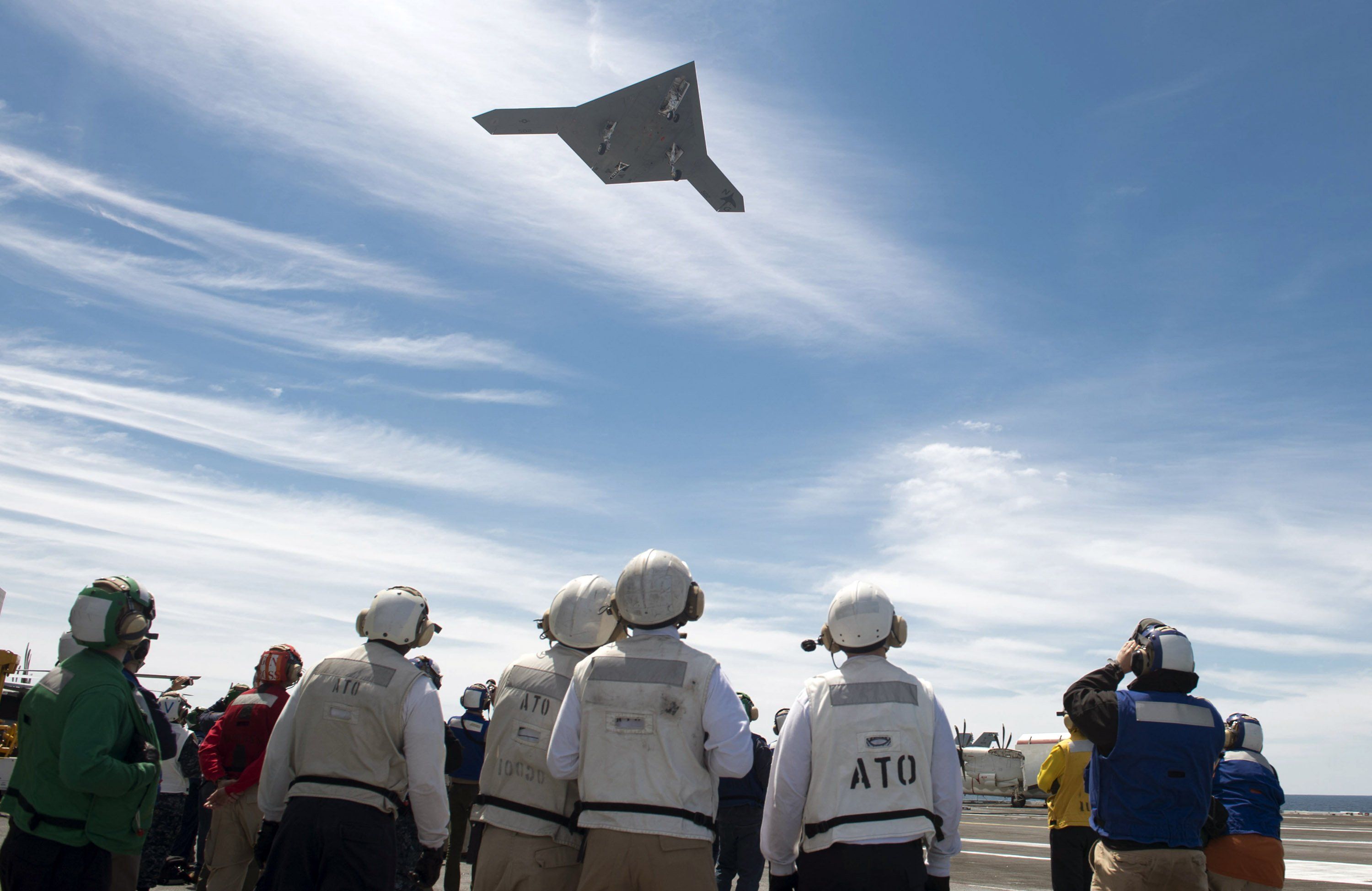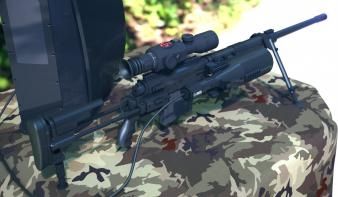“Be very, very afraid. As this extraordinary book reveals, we are fast sailing into an era in which big life-and-death decisions in war will be made not by men…and women, but by artificial intelligence” — @stavridisj’s review of @paul_scharre upcoming book Pre-order yours now:
A Pentagon defense expert and former U.S. Army Ranger explores what it would mean to give machines authority over the ultimate decision of life or death.
What happens when a Predator drone has as much autonomy as a Google car? Or when a weapon that can hunt its own targets is hacked? Although it sounds like science fiction, the technology already exists to create weapons that can attack targets without human input. Paul Scharre, a leading expert in emerging weapons technologies, draws on deep research and firsthand experience to explore how these next-generation weapons are changing warfare.
Scharre’s far-ranging investigation examines the emergence of autonomous weapons, the movement to ban them, and the legal and ethical issues surrounding their use. He spotlights artificial intelligence in military technology, spanning decades of innovation from German noise-seeking Wren torpedoes in World War II―antecedents of today’s homing missiles―to autonomous cyber weapons, submarine-hunting robot ships, and robot tank armies. Through interviews with defense experts, ethicists, psychologists, and activists, Scharre surveys what challenges might face “centaur warfighters” on future battlefields, which will combine human and machine cognition. We’ve made tremendous technological progress in the past few decades, but we have also glimpsed the terrifying mishaps that can result from complex automated systems―such as when advanced F-22 fighter jets experienced a computer meltdown the first time they flew over the International Date Line.






